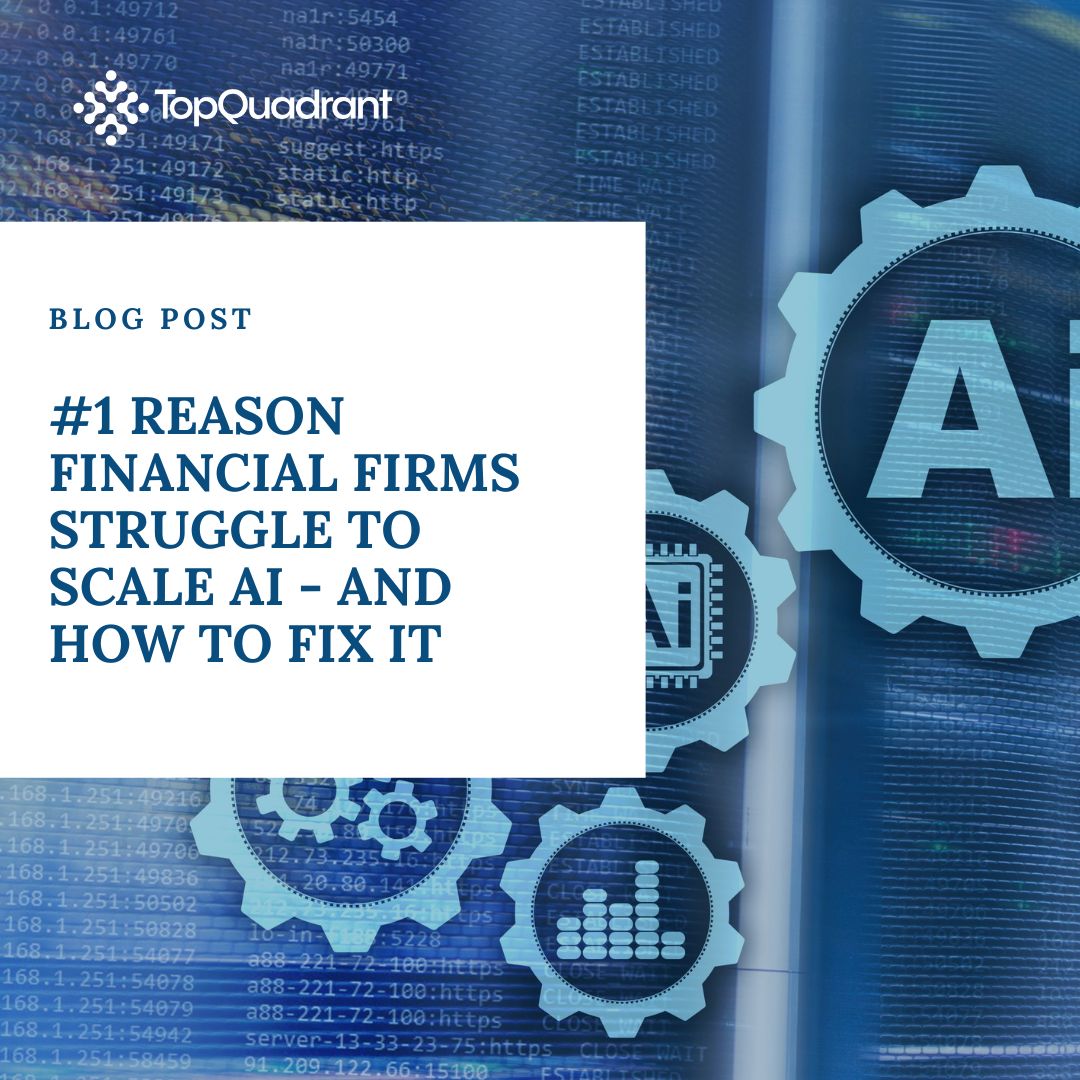Achieve compliance and avoid costly penalties
Enacting and enforcing data governance policies is a critical component of complying, reporting on and avoiding fines associated with regulations.
However, many policies and guidelines are housed passively in PDFs, emails, spreadsheets or document libraries, and need highly manual processes to action them. Or, compliance information is locked in siloed applications – like traditional data catalogs – that have limited interoperability.
A data-centric approach using semantics and knowledge graphs make data governance policies procedures come alive, cutting across data silos to enable data to be used freely across the organization while remaining compliant.
- Harmonize and unite: create a single understanding of the truth across disparate metadata catalogs and dictionaries.
- Extract policy data siloed in unstructured documents.
- Enrich data with policy enforcement requirements.
- Enforce: Create automated data policy enforcement driven by semantic rules and constraints
With policy enablement and automation in place, organizations can publish, consume and combine data without fear of non-compliance. In addition, your data will be more easily findable and understood.
Benefits of a semantic approach to policy and compliance enforcement include:
Precise classification and tagging of data
based on its attributes, characteristics, and regulatory requirements. These tags can indicate sensitive data, data subject categories, consent requirements, data retention policies, and other regulatory considerations.
Data privacy and consent requirements
can be represented by relationships between data subjects, consent status, and data usage permissions in a knowledge graph to track and enforce consent obligations. Semantics can also assist in analyzing data usage patterns and ensuring that data processing activities are aligned with privacy regulations such as GDPR (General Data Protection Regulation).
Data access and authorization control
Knowledge graphs can be used to define access control policies and permissions for different data entities based on regulatory requirements. By representing the relationships between data entities, users, roles, and access rights within the knowledge graph, organizations can enforce granular access controls and ensure that only authorized individuals or systems can access specific data elements. This helps maintain compliance with regulations that govern data access and protection, such as HIPAA (Health Insurance Portability and Accountability Act) or CCPA (California Consumer Privacy Act).
Data Governance and Auditing
Organizations can capture metadata related to data lineage, data quality, data sources, and regulatory compliance requirements within the knowledge graph. This allows for better visibility and traceability of data assets, ensuring compliance with regulations that mandate data governance and auditability, such as SOX (Sarbanes-Oxley Act).
Regulatory Impact Analysis
Knowledge graphs enable organizations to analyze the impact of regulatory changes on their data landscape. By representing regulations, their requirements, and the relationships between regulations and data elements within the knowledge graph, organizations can assess the potential impact of new regulations or changes to existing regulations. This analysis helps organizations proactively identify gaps, implement necessary measures, and ensure compliance with evolving regulatory frameworks.
Data Retention and Deletion
Semantics and knowledge graphs assist in managing data retention and deletion practices to comply with regulations. By capturing data retention policies, legal hold requirements, and disposal schedules within the knowledge graph, organizations can automate the enforcement of data retention and deletion rules. This ensures that data is retained for the required duration and properly disposed of when no longer needed, aligning with regulations like GDPR’s right to erasure.
Related Knowledge
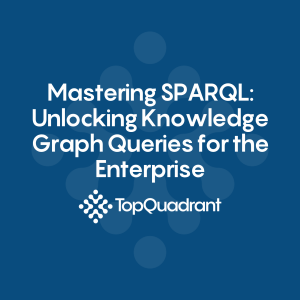
Blog | Mastering SPARQL: Unlocking Knowledge Graph Queries for the Enterprise
Learn what SPARQL is, how it powers knowledge graphs, and how enterprises use it for metadata management, governance, and data discovery.
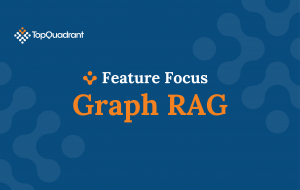
Feature Focus – Graph RAG
Resource Hub Search Table of Contents < All Topics Main Knowledge Graphs Feature Focus – Graph RAG Print Feature Focus – Graph RAGSee how TopQuadrant’s
Blog | Retrieval Augmented Generation Explained
Discover how retrieval augmented generation (RAG) works, why it matters, and how enterprises use it to deliver trustworthy, context-aware AI outputs.
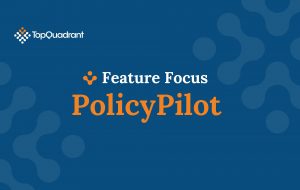
Destination Demo – Policy Pilot
Watch how PolicyPilot brings data compliance to life by automating policy management in AI workflows. This demo highlights real-time GDPR enforcement, transparent data lineage, and enterprise-ready governance.

How to use OWL in TopQuadrant’s TopBraid EDG
Resource Hub Search Table of Contents < All Topics Main Knowledge Graphs How to use OWL in TopQuadrant's TopBraid EDG Print How to use OWL

Feature Focus – Policy Pilot
Resource Hub Search Table of Contents < All Topics Main Knowledge Graphs Feature Focus – Policy Pilot Print Feature Focus – Policy PilotSee how PolicyPilot

